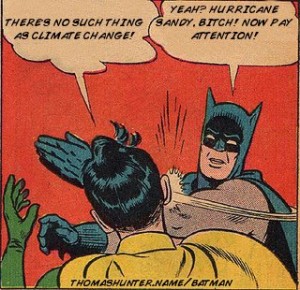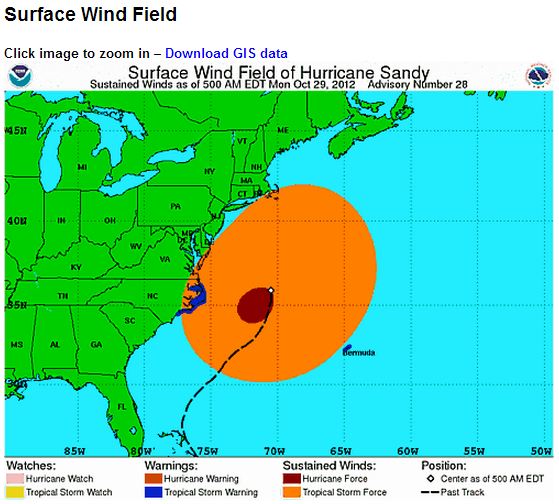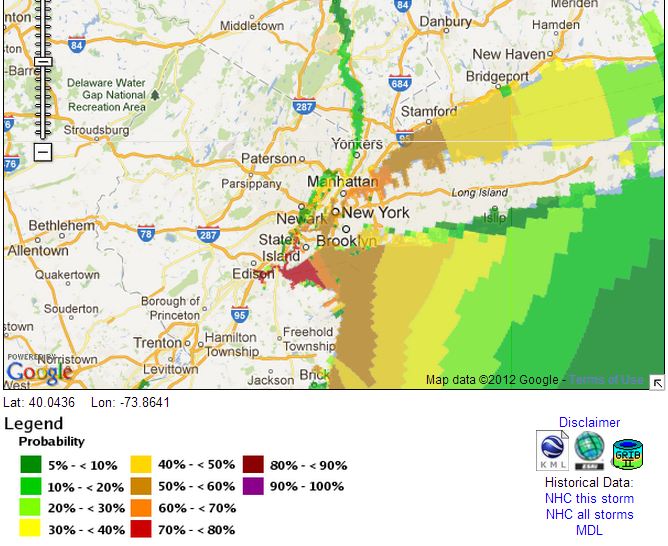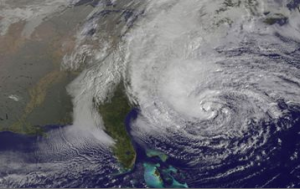US Climate Inaction: Blame Dick Cheney
In one of my earliest blog posts ever–one I’ve lost somewhere–I grappled with why the Bush Administration would choose their Iraq adventure in the face of Peak Oil and climate change.
Why, at the time the US enjoyed its greatest relative power, after Dick Cheney had fought his earliest battles to dodge congressional oversight with his energy task force to study declining readily explotable oil and its alternatives, would the Bush Administration expend America’s hegemonic power in an illegal invasion of Iraq?
This post, asking whether the US refuses to do anything about climate change because it will affect the US relatively less than it will affect other countries, reminded me of that post I wrote years ago.
What if the leaders of the United States — and by leaders I mean the generals in the Pentagon, the corporate executives of the country’s largest enterprises, and the top officials in government — have secretly concluded that while world-wide climate change is indeed going to be catastrophic, the US, or more broadly speaking, North America, is fortuitously situated to come out on top in the resulting global struggle for survival?
[snip]
What prompted me to this dark speculation about an American conspiracy of inaction was the seemingly incomprehensible failure of the US — in the face of overwhelming evidence that the Earth is heating up at an accelerating rate, and that we are in danger of soon reaching a point of no return where the process feeds itself — to do anything to reduce either this country’s annual production of more atmospheric CO2, or to promote some broader international agreement to slow the production of greenhouse gases.
The conclusion to that 8 year old post–one I still think is valid–is that in the face of both Peak Oil and climate change, Cheney committed the US to doubling down on the source of its hegemonic power in the belief that by retaining hegemonic power for this period of transition out of oil and into alternatives, it would retain hegemonic power thereafter.
Rather than invest the trillion dollars squandered on Iraq (or even the hundreds of billion they had to know it would cost) to make the US energy self-sufficient and lead the world in climate response, Cheney instead chose to seize the largest source of readily exploitable oil, in the process providing an alternative swing producer to the Saudis, whose citizens and funds attacked us on 9/11 (and remember, Iran was teed up to be overthrown next). By choosing the oil route, I figured, Cheney also chose the route that supported relative unilateralism rather than the cooperation that a real climate change response would and ultimately will require.
So I don’t so much think the US has decided it will ride out climate change better than other nations as I think it is intent on retaining its hegemonic position of power, which has been built since 1945 on cheap oil. Sure, the US also seems to have grown comfortable with Neo-Feudalism in the last decade, meaning the elite will happily live in their compounds protected from the instability that climate change will and already has unleashed. And the Global War on Terror will morph unnoticeably into a global counter-insurgency to protect those Neo-Feudal bastions.
But ultimately, I think, this country’s elites have decided they must retain their grasp on power no matter what. And that power rests on oil.
And don’t get me wrong. While I think Cheney fully understood the alternatives presented by this choice and made it for the rest of us, I’m not saying Democrats generally or Obama specifically are innocent. Consider Obama’s unwavering focus on energy independence, which he often cloaks in a false concern for climate change. US power is currently built off a death embrace with the Saudis. But as news reports increasingly–if prematurely–tout, we’re headed for Saudi-level targets of production. That will free us from the troubling demands the Saudis make, shore up our currency, but also keep us precisely where we are, relying on cheap oil to drive our economy and power. That is the goal of Obama’s energy choices, not replacing coal with less-polluting gas. And that explains why Obama just started selling off the rest of the Gulf for exploitation.
It’s crazy, I know. But I sincerely believe there are top secret discussions that insist if we just keep hold of power during what will undoubtedly be a chaotic fifty years, then we can fix whatever mess we’ve caused in the interim. If we can just get the oil while the getting is good, I think they believe, we can adjust to what comes later. Even if the Chinese and Koreans and Europeans will have been eating our lunch in developing new technologies, I guess they believe, we’ll be able to seize them back when the time comes.
The alternative, of course, one Dick Cheney surely recognized during his energy task force, would be to invest instead in a Manhattan project of alternative energy and to dissolve our power into the cooperative structures that will be needed in the face of climate change. That was not, and remains not, a viable option for a top American national security figure.
And so we–and the rest of the world–will melt as a result.






